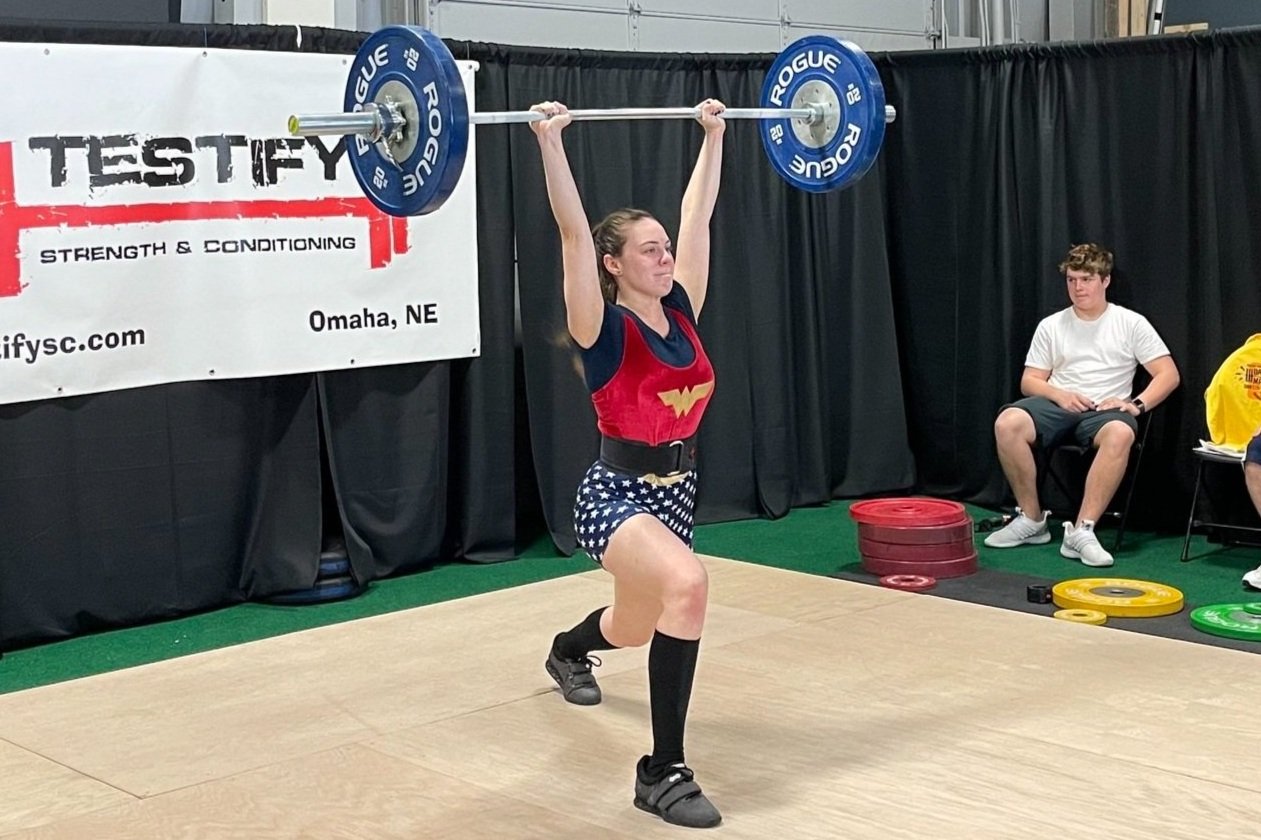Week 2022.11.28
/Reminder: The gym will be closed for training this Saturday (12/03/22) as we are hosting the annual Testify Christmas Classic weightlifting meet.
2nd Reminder: The annual Testify Christmas Party is also this Saturday after the meet (at 5:30 p.m.). This year’s party is a taco bar, is BYOB, and the sign-up sheet for sides and/or taco fixings is at the gym. Please sign up soon as this helps Jamie, Cameron, and Brianne tremendously with logistics!
New on the Testify YouTube channel!
This Week’s Conditioning
Option 1
“Prowler Base”
1. Load up a manageable weight.
2. Sprint 40m at 85% intensity.
3. Rest until breathing and heart rate slow down. (45 sec – 2 min)
4. Repeat 5-15 times.
Courtesy of “Death by Prowler” (on Starting Strength).
Compare to 2022.09.26.
Option 2
Bike/Row for 9 rounds:
1 min on
1 min off
Record distance for each round.
Compare to 2022.09.05.
Option 3
Outdoors:
5-10 rounds:
10 sledgehammer strikes (5R, 5L)
50 yd farmer carry (25 yd down-back)
Rest 1 minute
Indoors:
5-10 rounds:
10 sledgehammer strikes (5R, 5L)
100 ft farmer carry (50 ft down-back)
Rest 1 minute
Compare to 2022.08.08.
Option 4
5-8 rounds:
50 ft sled push
50 ft sled pull (hand over hand)
Row 1 minute
Rest 1 minute
This can also be done in a group of three where the sledder determines how long the other two people row and rest.
Compare to 2022.08.08.








